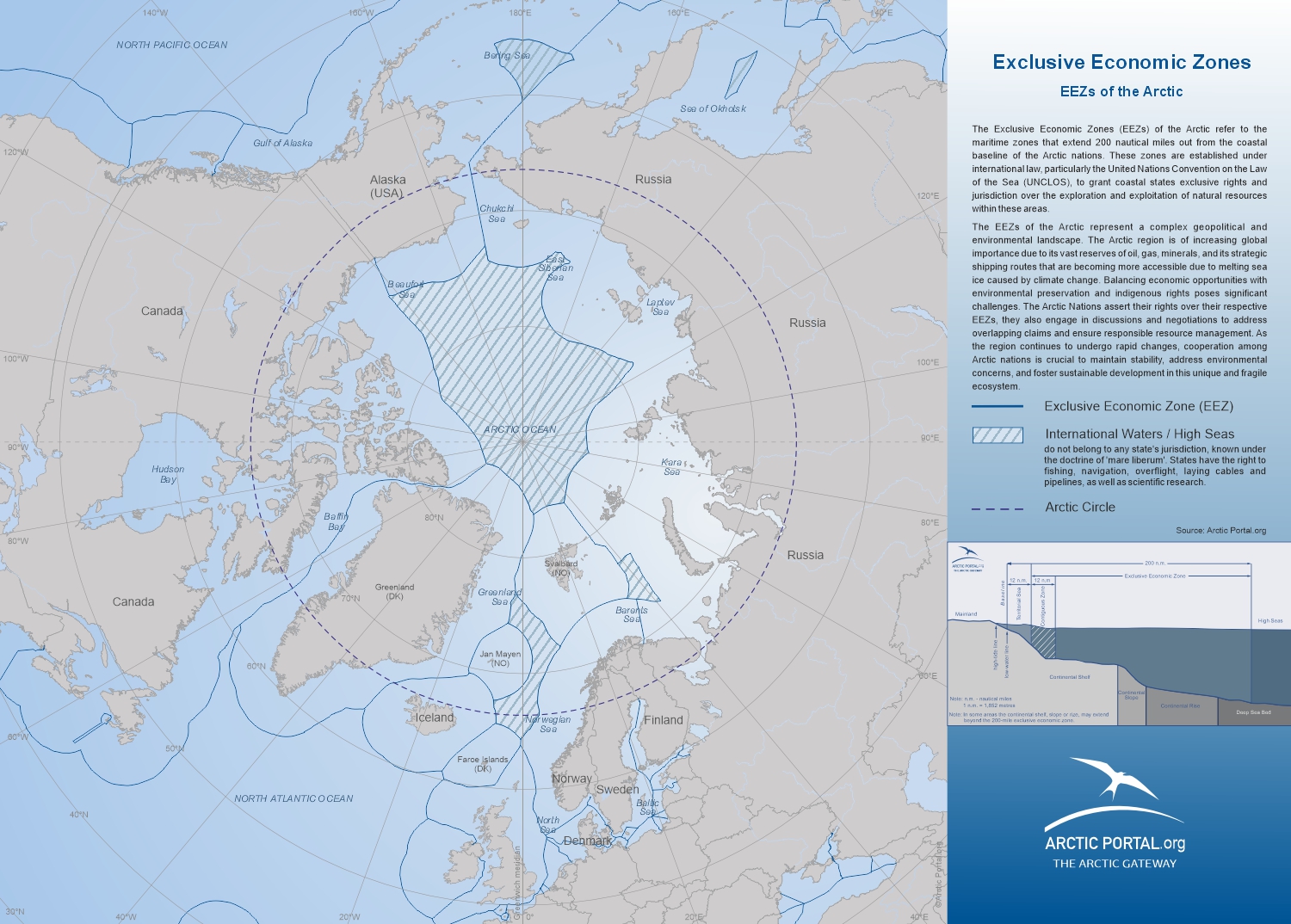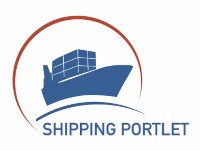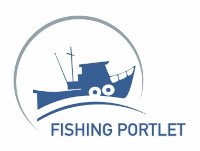A number of international treaties apply to the Arctic region, most notably the United Nations Convention on the Law of the Sea (UNCLOS). This comprehensive legal instrument governs maritime boundaries, claims to outer continental shelves, sovereign rights over marine resources, and environmental protection.
UNCLOS was adopted in 1982. Often described as the longest treaty in the history of the United Nations and plays a crucial role in shaping the legal architecture of the Arctic. It distinguishes between three categories of states relevant to maritime law: coastal, port, and flag states. All Arctic nations are parties to the Convention, except for the United States.
Coastal State Jurisdiction and Maritime Zones
Under UNCLOS, the jurisdiction and sovereignty of coastal states vary by maritime zone:
a. Internal Waters
- Coastal states enjoy full sovereignty over internal waters (e.g., bays, harbors).
- In some cases, historic regimes may allow shared sovereignty or innocent passage rights for foreign vessels.
b. Territorial Sea (up to 12 nautical miles)
- Coastal states have full sovereignty, although innocent passage is allowed for foreign ships.
- Passage must not threaten the peace, order, or security of the coastal state.
- Five Arctic states currently claim the full 12 nautical miles; Denmark, however, only claims 3 nautical miles in some areas.
c. Contiguous Zone (up to 24 nautical miles)
- Coastal states may enforce laws relating to customs, taxation, immigration, and sanitation to prevent or punish infringements in their territory or territorial sea.
d. Exclusive Economic Zone (EEZ) (up to 200 nautical miles)
- Within this zone, coastal states have rights to explore, exploit, conserve, and manage natural resources, including fishing and seabed minerals.
- They may also implement pollution prevention regulations.
- However, enforcement actions like arrest or detention of ships are permitted only in cases of serious environmental harm.
- Six Arctic states claim a 200-nautical-mile EEZ. Norway extends its EEZ to include areas around Svalbard and Jan Mayen.
Continental Shelf Rights
UNCLOS grants coastal states sovereign rights over the continental shelf, which can extend beyond 200 nautical miles if substantiated by scientific evidence. This includes rights to explore and exploit natural resources, such as:
- Mineral and oil deposits
- Other non-living resources on or beneath the seabed
These rights are exclusive, meaning no other state may exploit the shelf's resources without consent.
Flag State Jurisdiction on the High Seas
Ships operating on the high seas are primarily subject to the jurisdiction of their flag state—the country where the ship is registered.
Flag states must ensure compliance with international safety, environmental, administrative, and legal standards. While UNCLOS gives flag states broad authority, exceptions exist when other international agreements allow for intervention by other states.
Port State Authority
Port states have significant powers over foreign ships that voluntarily enter their ports. These powers include:
- Inspection and enforcement of national and international laws
- Investigation and prosecution of violations, such as marine pollution or illegal discharges
Because entry into a port is voluntary, port states can impose strict conditions for compliance.
Transit Passage through International Straits
UNCLOS defines international straits as passages used for continuous and expeditious transit between parts of the high seas or EEZs.
Key principles include:
- Bordering states cannot suspend the right of transit passage.
- They may adopt pollution control laws for foreign ships, but only if such laws align with international standards.
Source: United Nations Convention on the Law of the SeaMap: Arctic Portal (to view more maps please visit our Map Gallery)









